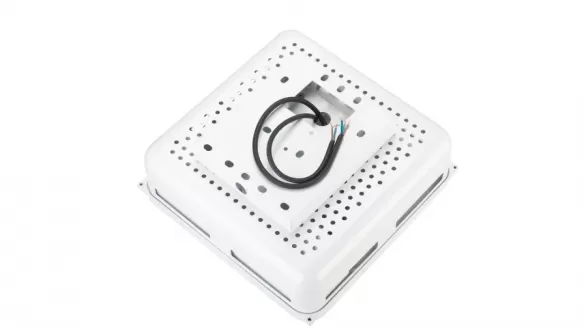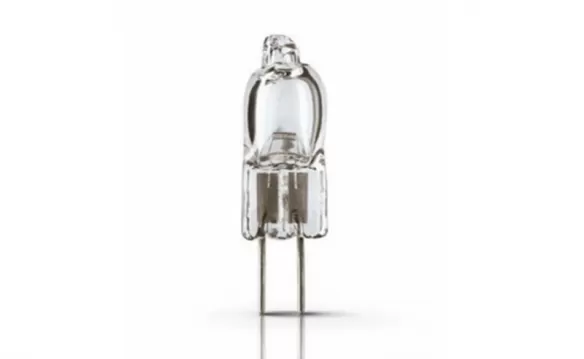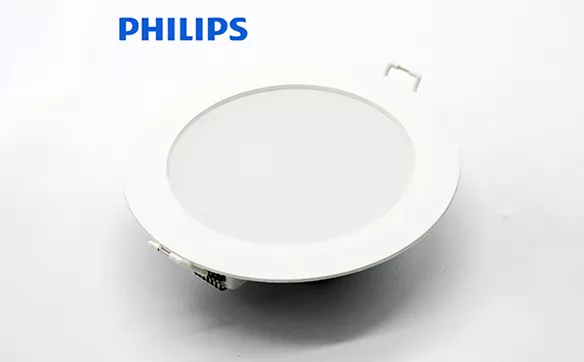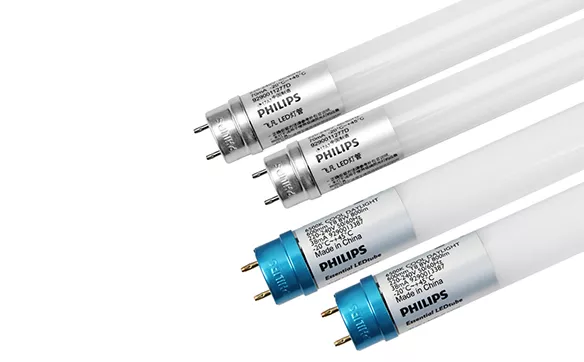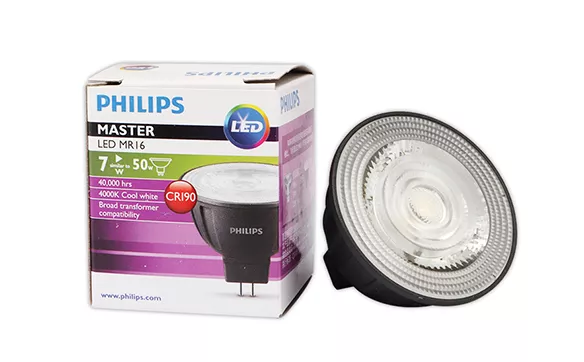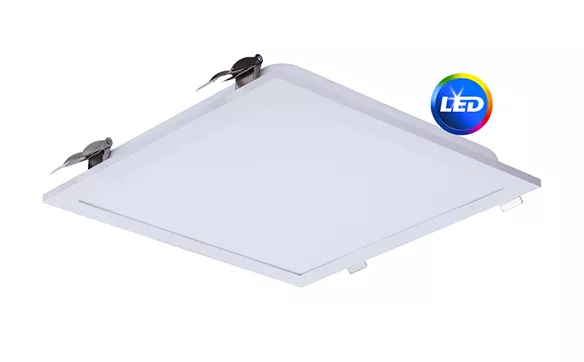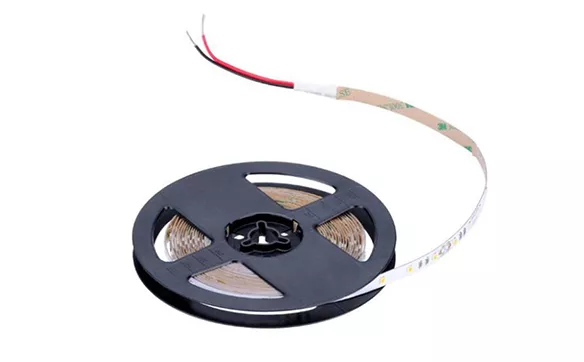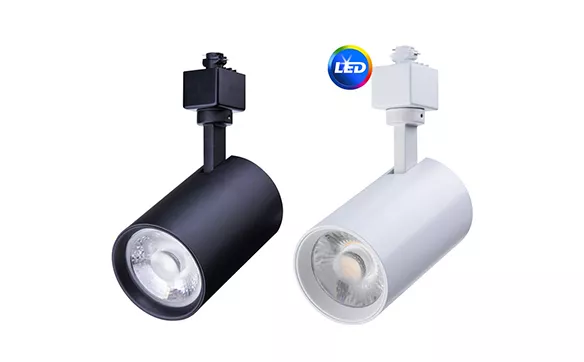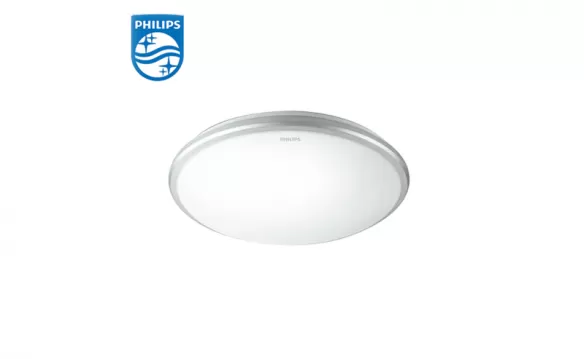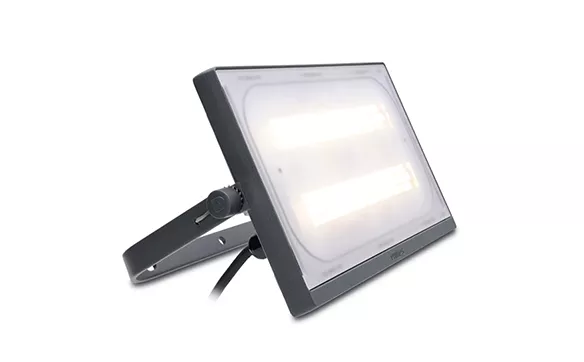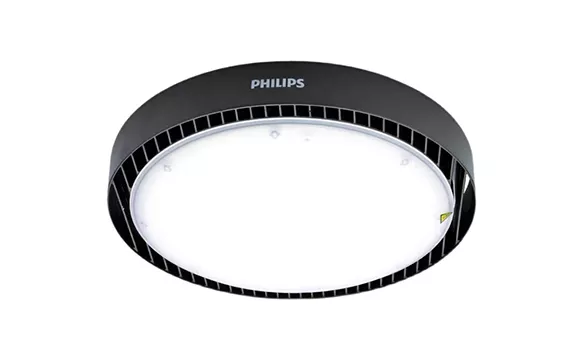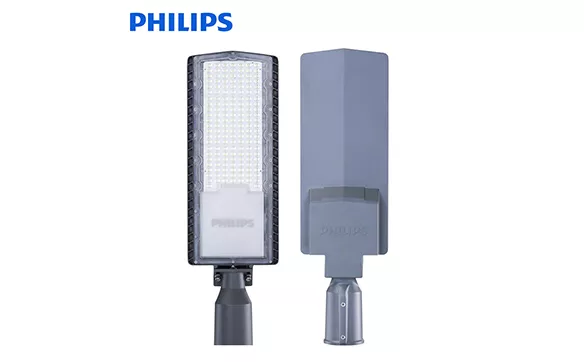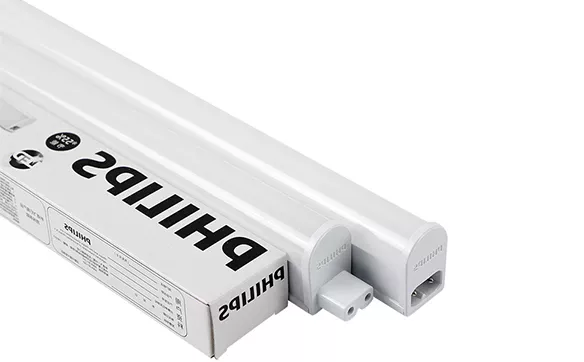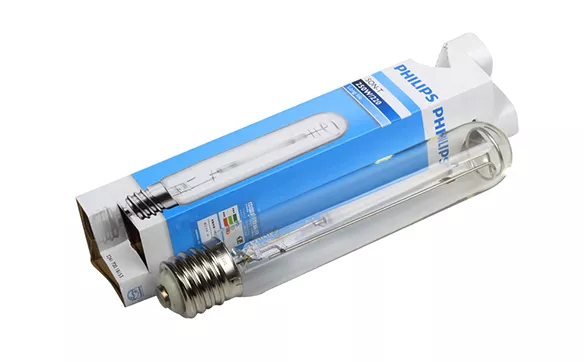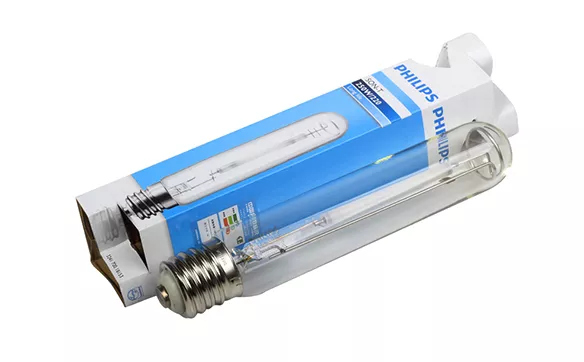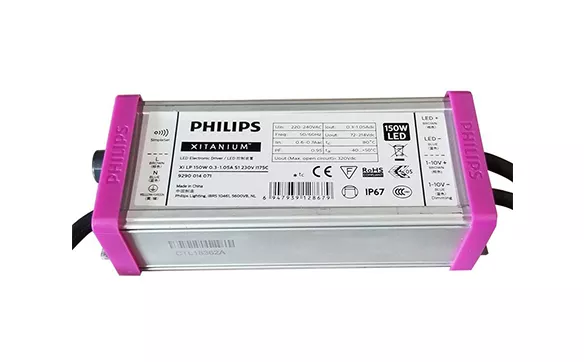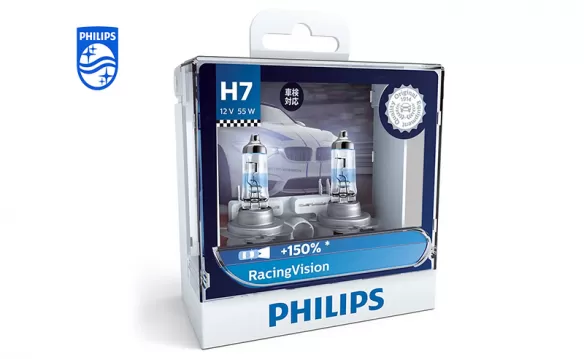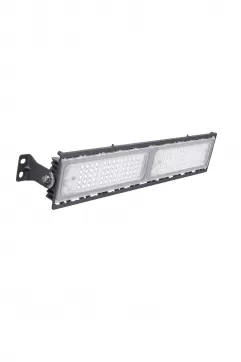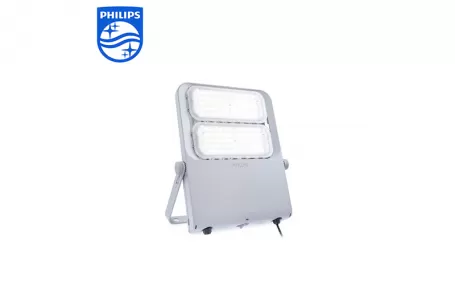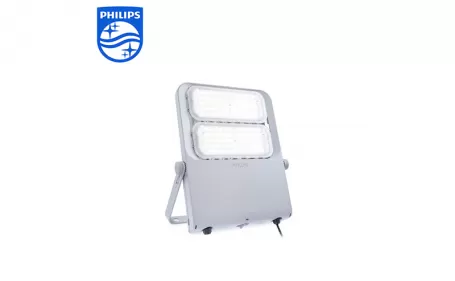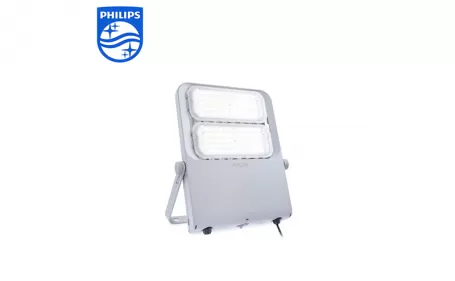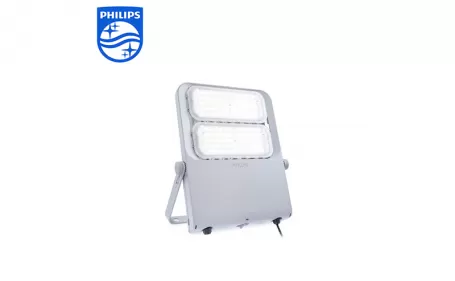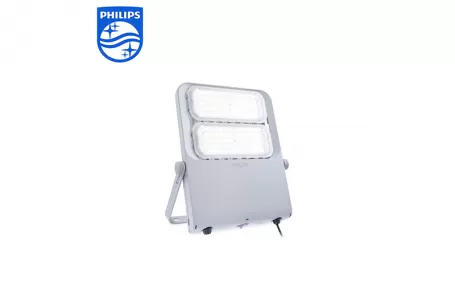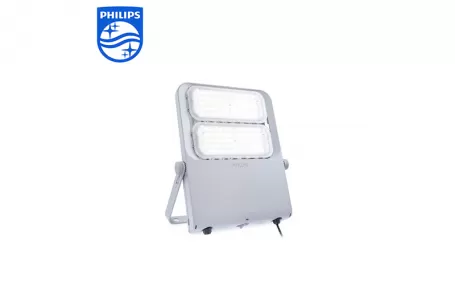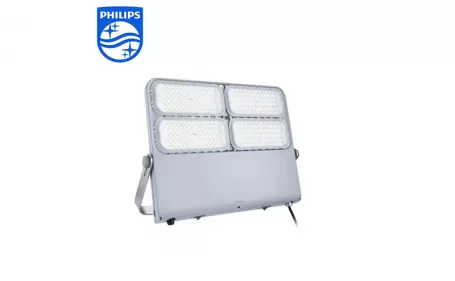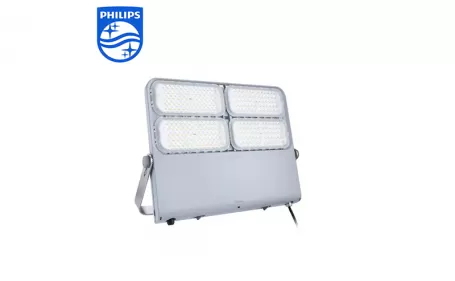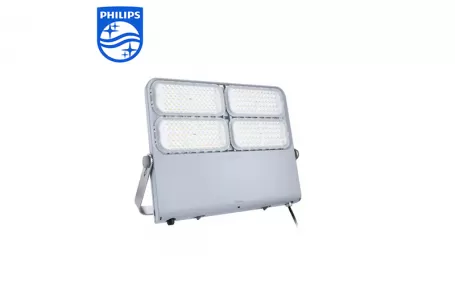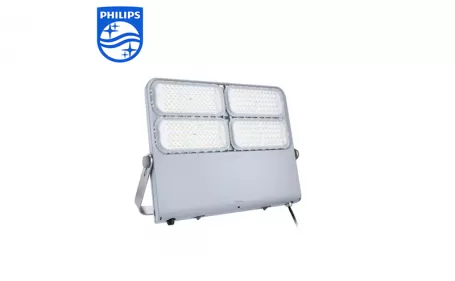When buying LED lights, it's common to notice a wide range of prices — and naturally, you may wonder what justifies the difference. While cost is often a key factor for many buyers, it's important to understand what separates low-cost LEDs from higher-priced alternatives.
One of the primary differences lies in the quality of the LED chip. Not all chips are created equal, and variations between manufacturers can significantly impact brightness, energy efficiency, and lifespan. Cheaper LEDs might use lower quality materials or less advanced technology than more expensive ones. This can lead to significant differences in the light output, color accuracy, and overall lifespan of the LED.
Another significant differentiating factor is the construction of the LED bulb. Higher-end LED bulbs typically utilize superior materials such as heat-resistant plastics or aluminum housings, which enhance heat dissipation. Effective thermal management not only improves energy efficiency but also extends the lifespan and maintains consistent brightness over time.
Another important factor is the quality of the power supply. Budget LED lights often rely on low-cost drivers that may lead to flickering, dimming, or unstable performance. In contrast, premium LEDs are equipped with high-efficiency drivers, ensuring steady, reliable light output.
Additionally, higher-priced LEDs may offer advanced features that cheaper models lack. These can include smart home integration—allowing control via smartphone or voice assistant—as well as adjustable color temperatures for customized lighting experiences.
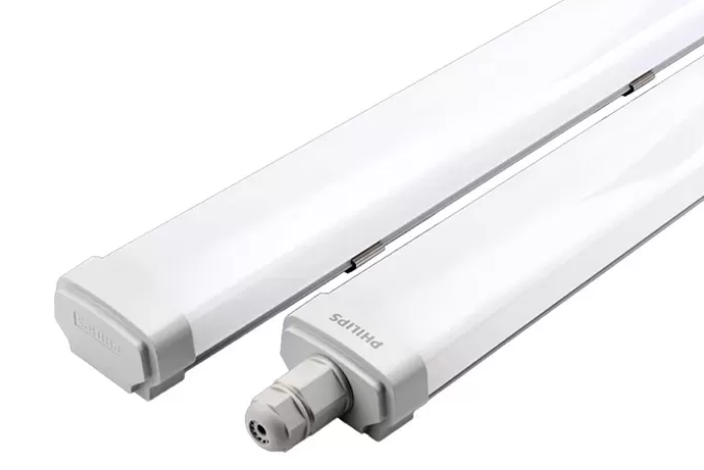
Difference Between a Cheap and More Expensive LED
1. Build Quality & Materials
Cheap LEDs
Housing: Often made from low-grade plastics that can warp or discolor over time.
Heat Sink: Minimal or poorly designed, limiting heat dissipation.
Components: Generic, off-the-shelf chips and diodes.
Expensive LEDs
Housing: Premium materials such as die-cast aluminum or high-temperature–resistant plastics, ensuring structural integrity and consistent appearance.
Heat Sink: Robust, well-engineered fins or heat spreaders that efficiently remove thermal energy.
Components: High-quality chips with tighter binning tolerances for uniform brightness and color consistency.
2. Heat Management & Lifespan
Cheap LEDs
Thermal Performance: Inefficient heat sinks lead to higher junction temperatures.
Lifespan: Rated for around 10,000–15,000 hours, but real-world performance often falls short.
Degradation: Visible lumen depreciation (“dimming”) can occur before halfway to the rated hours.
Expensive LEDs
Thermal Performance: Advanced thermal paths and materials keep junction temperatures low.
Lifespan: Typically rated for 25,000–50,000 hours or more under optimal operating conditions.
Degradation: Slower lumen depreciation; bulbs maintain ≥70% of initial brightness even after tens of thousands of hours.
3. Light Quality & Color Accuracy
Cheap LEDs
Color Rendering Index (CRI): Often 70–80, which may render colors inaccurately (e.g., whites can look yellowish or cool).
Color Binning: Loose tolerances can result in noticeable variations between batches or even within the same fixture.
Expensive LEDs
CRI: 90+ is common, ensuring true-to-life color reproduction—crucial for retail, art studios, and photography.
Color Binning: Strict binning processes yield consistent color temperature (measured in Kelvin) and uniform appearance across multiple units.
5. Driver Quality & Electrical Performance
Cheap LEDs
Driver Circuitry: Simplistic designs with fewer safety features, which can lead to flicker, noise, and potential for early failure.
Voltage Regulation: Poor regulation may cause brightness variations when voltage fluctuates.
Expensive LEDs
Driver Circuitry: Sophisticated, high-efficiency drivers with surge protection and thermal cutoffs.
Voltage Regulation: Stable output across a range of input voltages, ensuring consistent light output and increased reliability.
6. Warranty & Support
Cheap LEDs
Warranty: Often limited to 30–90 days, with minimal or no after-sales support.
Replacement: Customers bear shipping and handling costs; replacement bulbs may vary in performance.
Expensive LEDs
Warranty: Typically 3–5 years (or longer), sometimes with pro-rata replacement policies.
Support: Manufacturers offer technical assistance, photometric data, and sometimes even on-site troubleshooting for commercial clients.
In summary, while price is a key consideration, it's important to evaluate the overall quality and functionality of an LED light. By assessing factors such as chip quality, thermal design, power supply stability, and added features, you can make a more informed purchase that delivers long-term value.

